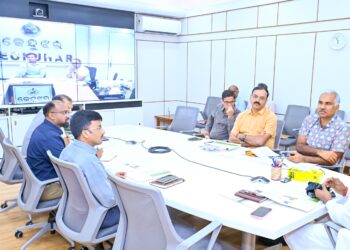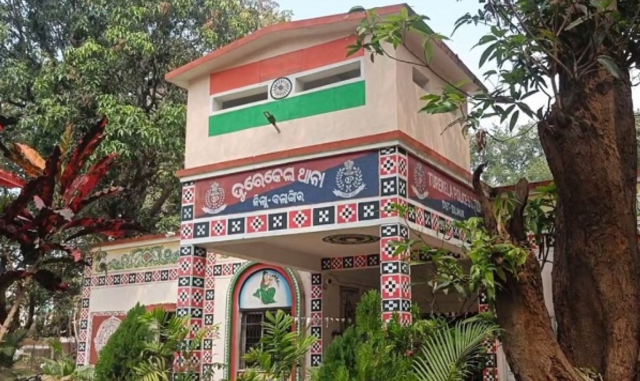In a significant step toward transforming Odisha into a millet hub, a high-level review meeting for the Shree Anna Abhiyan was held today at Krushi Bhawan, Bhubaneswar.
Chaired by Dr. Arabinda Kumar Padhee, Principal Secretary of the Department of Agriculture & Farmers’ Empowerment, the meeting focused on the annual action plan for the 2025-26 Kharif season, aiming to boost the production, management, and market reach of traditional crops like millets, including mandia, suan, bajra, and kangu.
The Shree Anna Abhiyan, a flagship initiative of Odisha’s Agriculture & FE Department, has been a game-changer in reviving the state’s traditional food culture. By promoting millets, the program has not only brought these nutrient-rich grains to high-end restaurants but also integrated them into the diets of prominent figures, including political leaders and celebrities. The initiative’s success lies in its dual impact: preserving cultural heritage while providing economic opportunities, particularly for tribal and indigenous communities.
During the meeting, Dr. Padhee emphasised the need to scale up millet production and enhance post-harvest management and marketing strategies. “Our goal is to make Odisha a hub for Shree Anna crops,” he stated, urging officials to prioritise expanding cultivation areas for millets. He highlighted the program’s role in generating employment and economically empowering marginalised communities, thereby integrating them into mainstream society. “This initiative not only ensures food security but also reconnects us with our traditional food culture,” Dr. Padhee added.
The meeting saw participation from key stakeholders, including Shubham Saxena, Director of Agriculture; K. Sudarshan Chakraborty, Managing Director of Odisha State Supply Corporation; scientists from the Indian Institute of Millets Research; the Dean of Research from Odisha University of Agriculture and Technology; and representatives from the International Rice Research Institute, Food Corporation of India, Nabakrushna Choudhury Centre for Development Studies, OSSOPCA, State Seed Corporation, APICOL, and TDCCOL. Their collective expertise underscored the collaborative approach to achieving the program’s ambitious goals.
The Shree Anna Abhiyan has already made significant strides. Once considered the “food of the poor,” millets have gained prominence in urban markets, including five-star restaurants, thanks to the program’s efforts. The initiative has also created a ripple effect, fostering entrepreneurship and improving livelihoods in rural areas. For the upcoming Kharif season, the focus will be on increasing cultivated land, improving seed quality, and strengthening supply chains to ensure millets reach a wider market.
Odisha’s push to become a millet hub aligns with national efforts to promote millets as a superfood, given their nutritional benefits and climate resilience. The state’s favourable agro-climatic conditions and rich agricultural heritage position it as a leader in this domain. The Shree Anna Abhiyan is expected to play a pivotal role in achieving these objectives, setting a model for sustainable agriculture and inclusive growth.
As the meeting concluded, Dr. Padhee reiterated the importance of collective action and innovation in realising Odisha’s vision. With strategic planning and stakeholder collaboration, the Shree Anna Abhiyan is poised to transform Odisha’s agricultural landscape, ensuring economic prosperity and cultural preservation for generations to come.





























